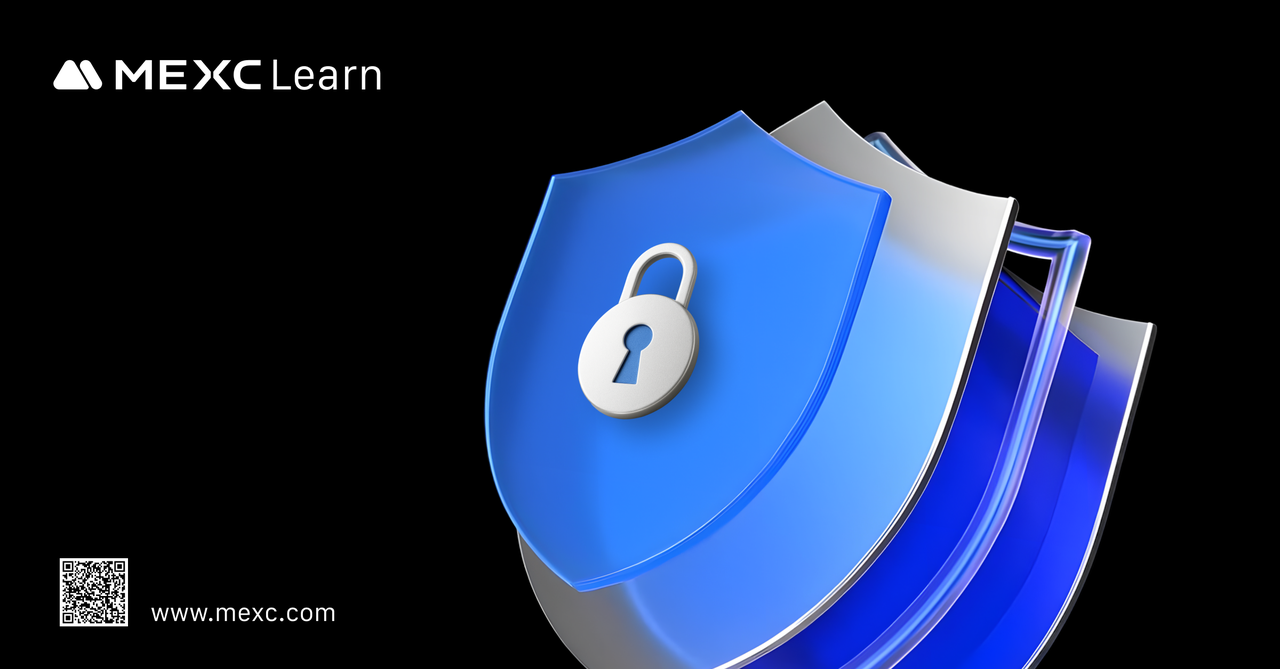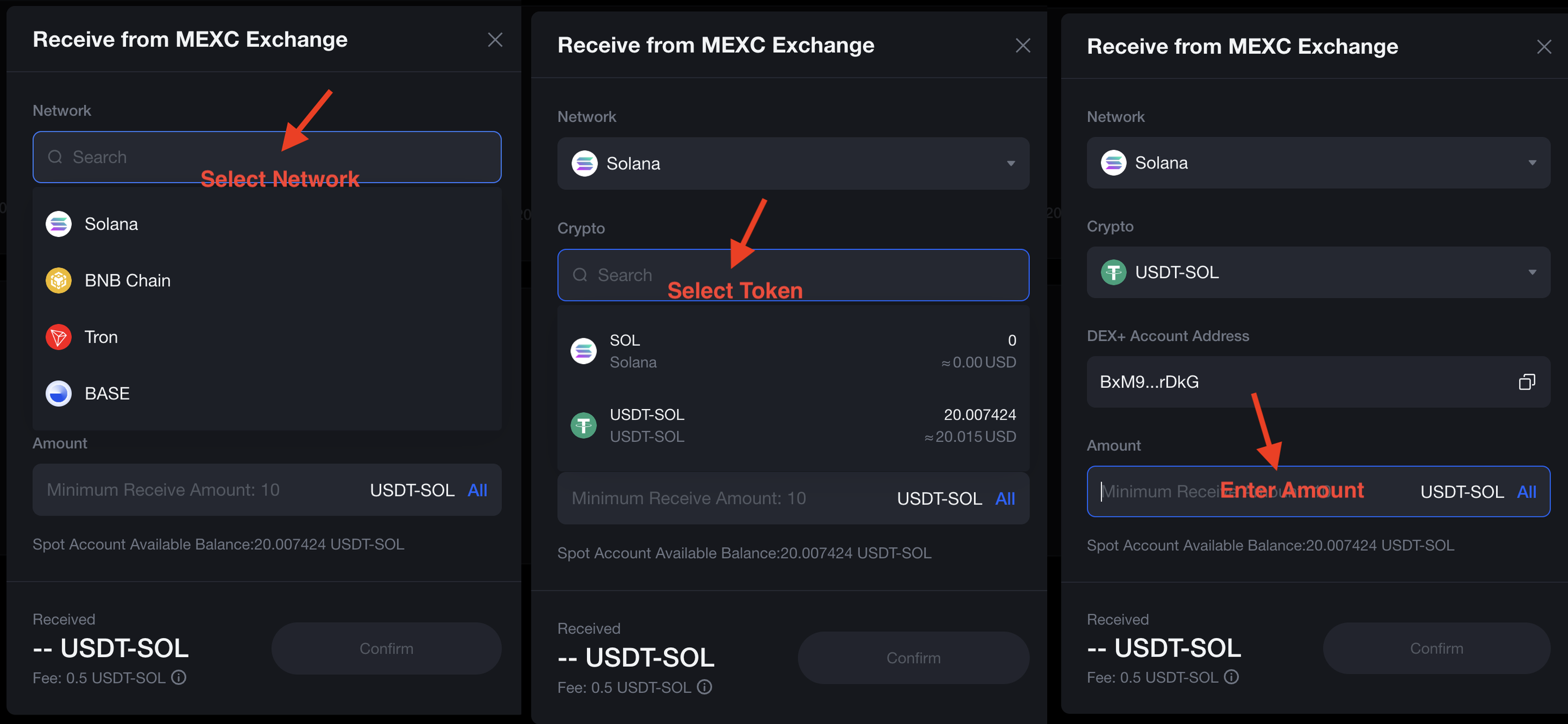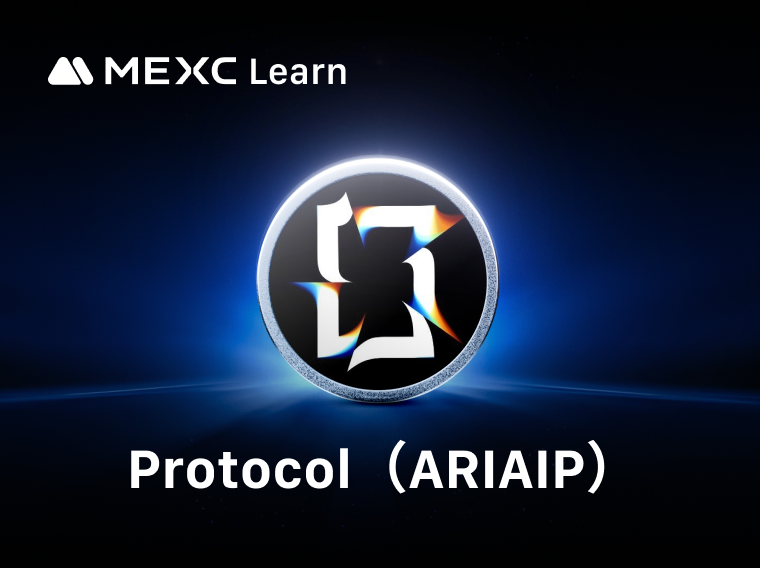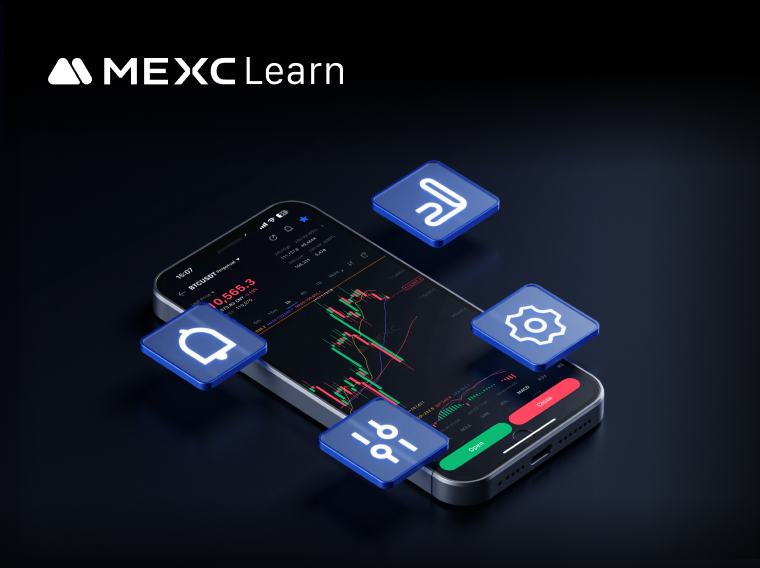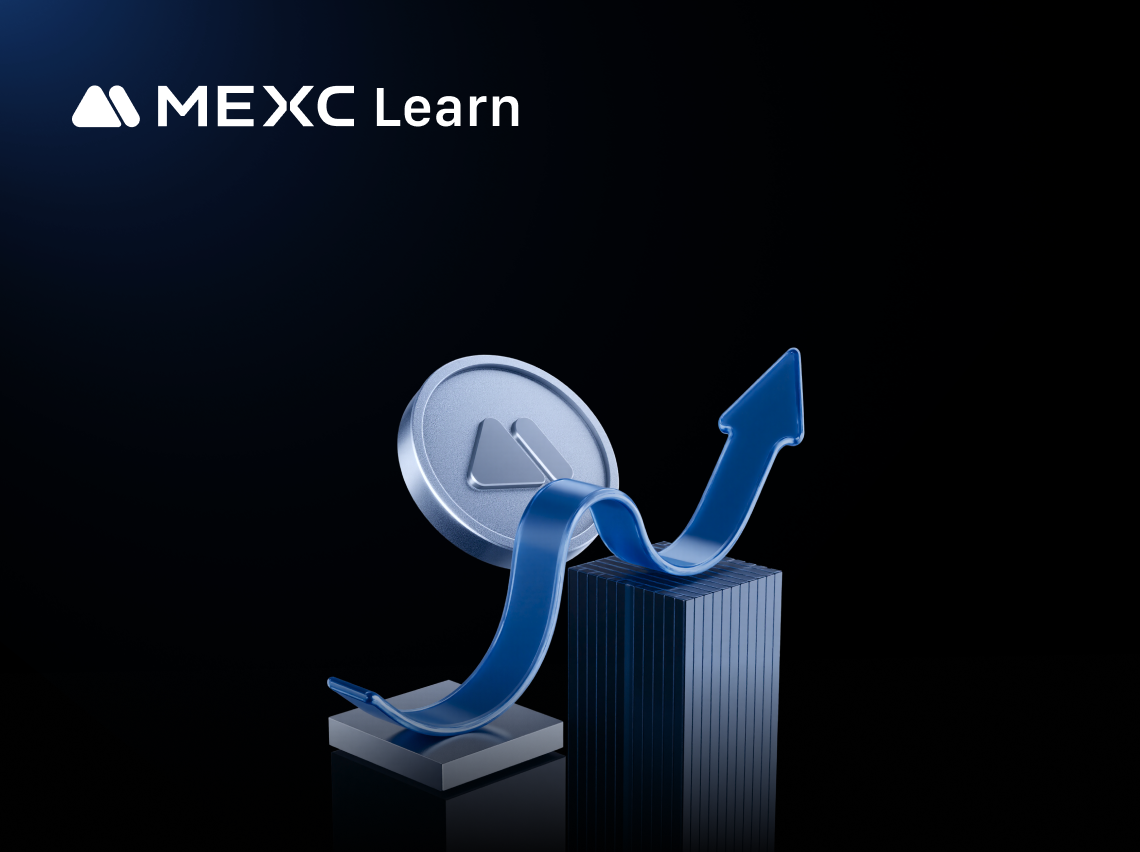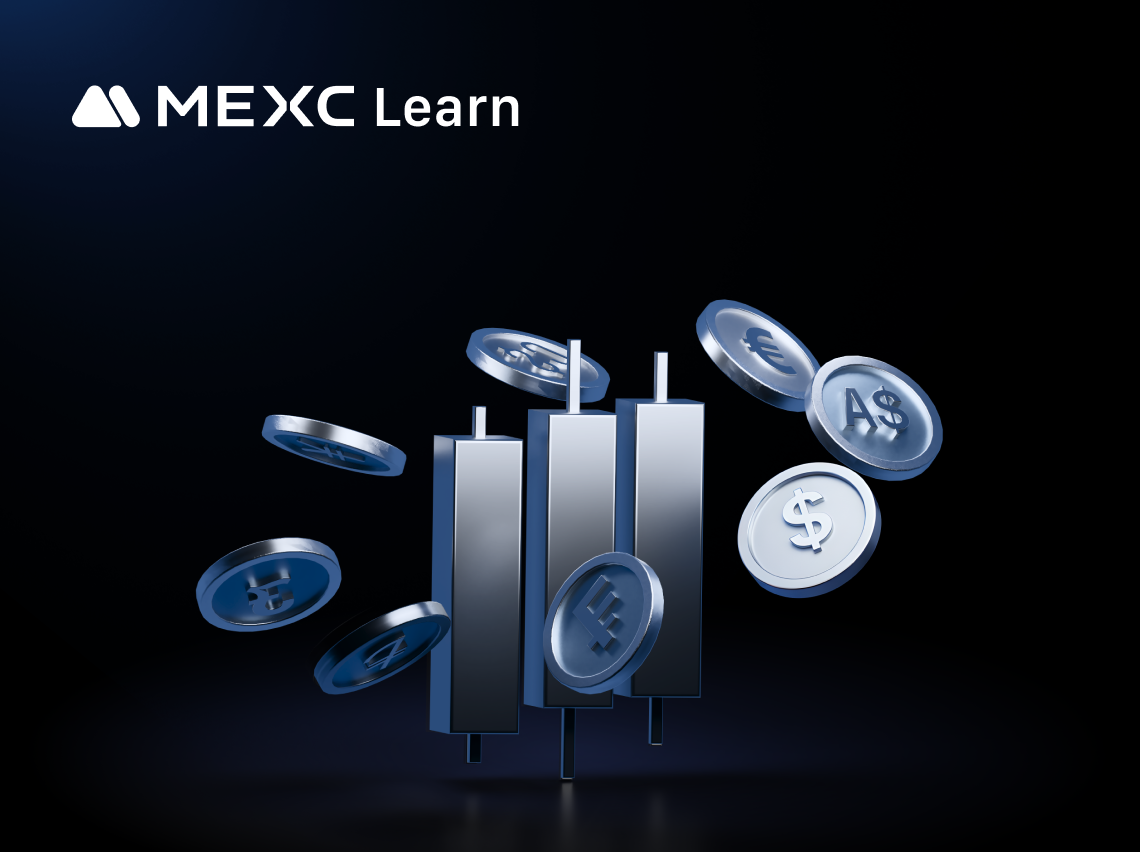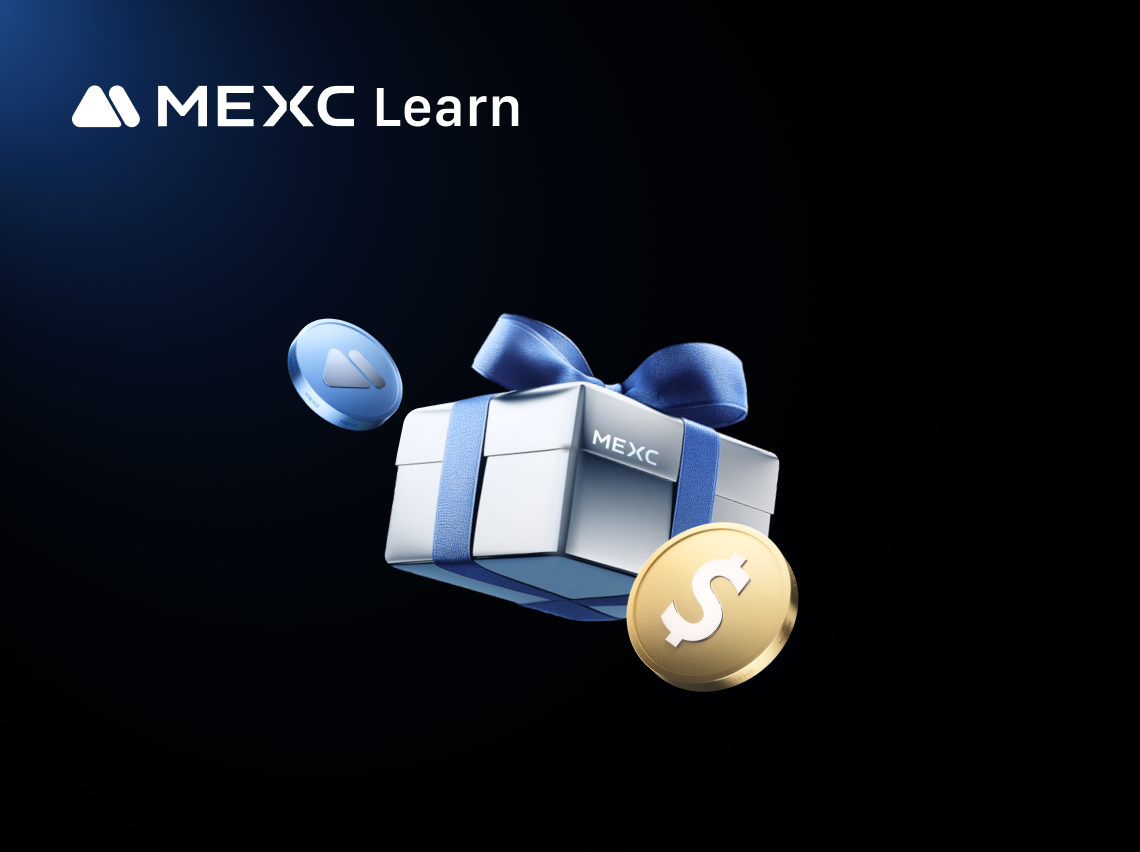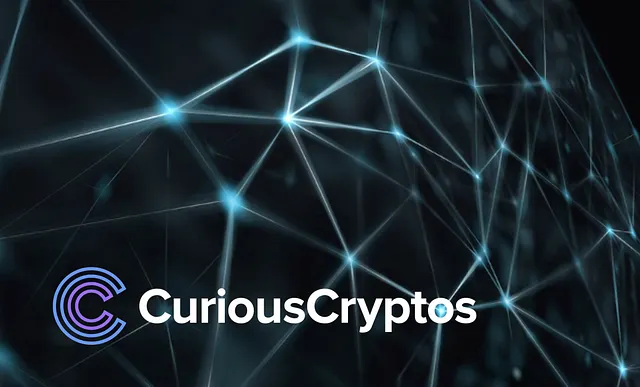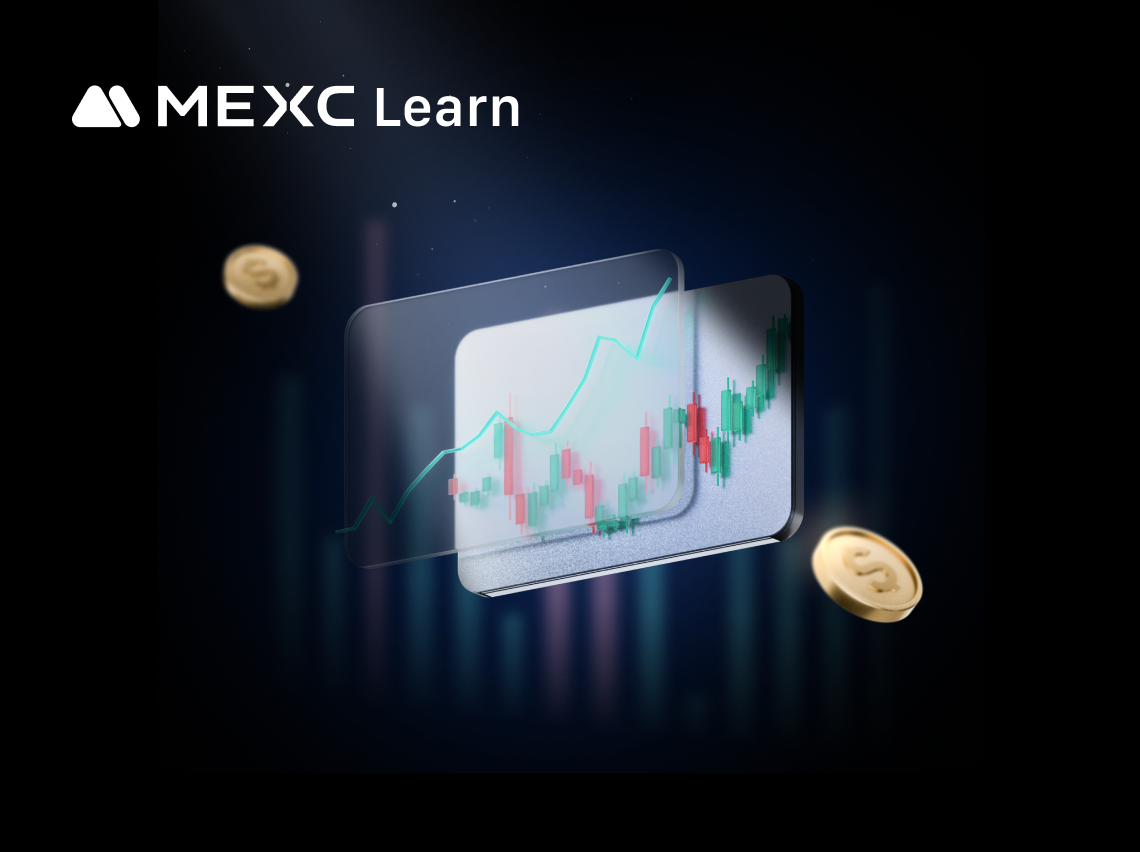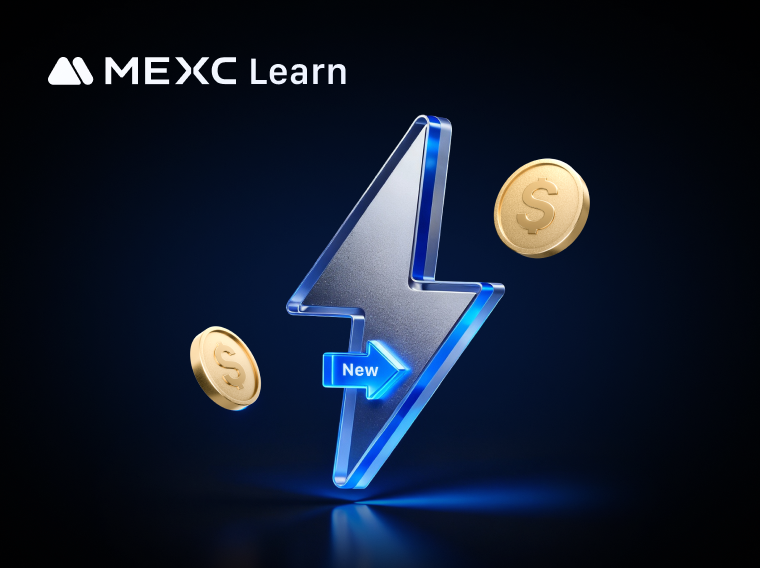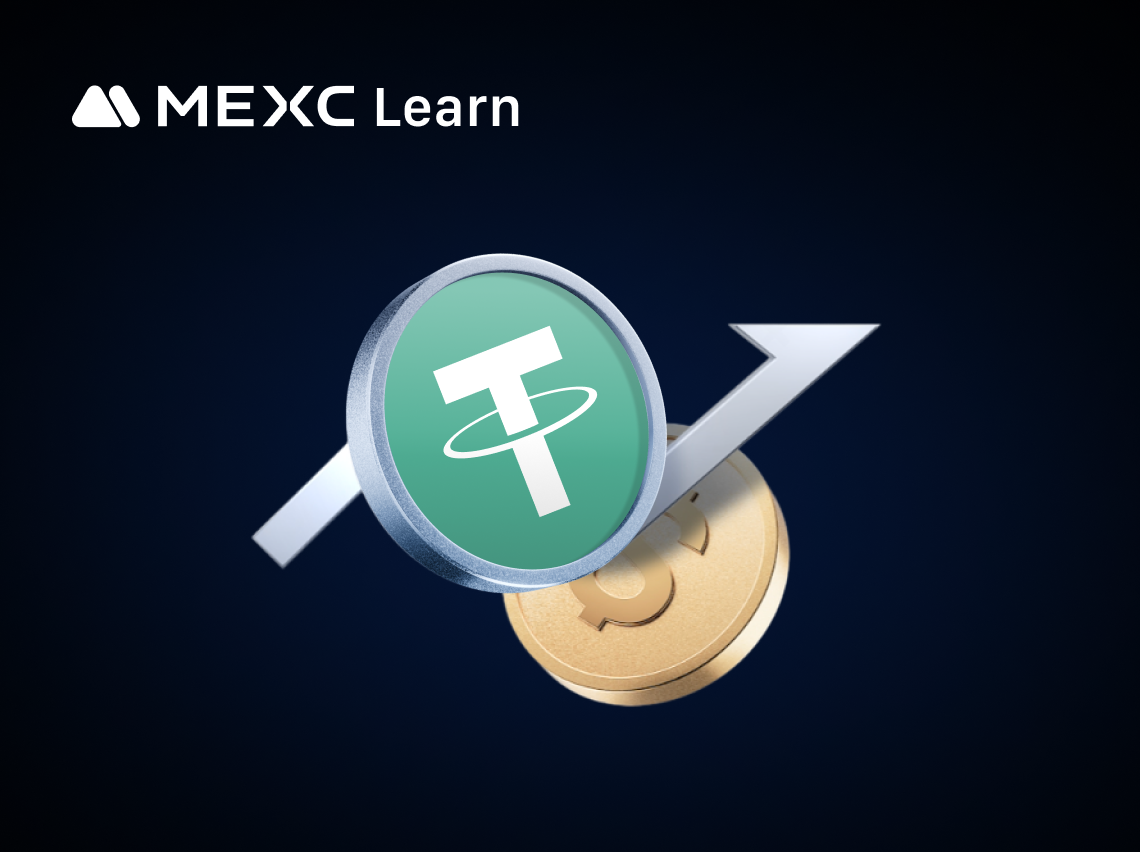Compared to centralized exchanges, decentralized platforms face more frequent security incidents such as hacking attacks, smart contract vulnerabilities, and phishing scams. To survive in this on-chain “dark forest,” trading platforms must overcome these security challenges. MEXC DEX+ was created precisely in response to this need.
As a hybrid product combining CEX and DEX features, MEXC DEX+ enables users to trade directly on-chain via the official MEXC App or website. In the first half of the year, it integrated liquidity from multiple DEXs across ecosystems such as Solana, BNB Chain, Base, and Tron, supporting tens of thousands of tokens, with plans to expand to more chains and platforms in the future. More importantly, MEXC DEX+ follows a dual security vision, technological protection plus institutional safeguards, to provide users with a secure and reliable on-chain trading environment.
This article outlines the main security risks within the DEX space and how MEXC DEX+ addresses them through both technological solutions and institutional mechanisms—establishing a comprehensive safety loop to break through the “dark forest.”
Risk Example: Smart contract bugs remain the most common and damaging attack vector in the DEX world. In 2025, Cetus DEX was hacked due to a smart contract vulnerability, resulting in a loss of approximately $223 million in user funds.
MEXC DEX+ Solution: MEXC DEX+ implements rigorous contract security protocols in partnership with third-party auditor GoPlus, conducting thorough security checks on all listed trading pairs. Multiple rounds of internal audits and tests are also performed before going live. Real-time monitoring and layered review processes minimize the risk of code-level vulnerabilities.
Risk Example: Insufficient liquidity or manipulated liquidity pools can lead to extreme slippage or even failed transactions, risking capital loss. For instance, in 2022, a trader exploited Mango Market’s thin liquidity to manipulate token prices and borrow large assets, causing losses of over $100 million and forcing the protocol to halt.
MEXC DEX+ Solution: DEX+ aggregates liquidity from multiple DEX sources to ensure deeper pools and better execution. Each trade is routed optimally across pools for the best price and lowest slippage. The platform also monitors abnormal liquidity changes. If liquidity for a token dries up (e.g., due to a project withdrawing funds), users are promptly alerted in the trading interface.
Risk Example: If a DEX front-end is compromised (e.g., via DNS hijacking or code injection), users can be redirected to fake websites where they unknowingly authorize malicious transactions. Curve Finance once suffered such an attack, resulting in over $570,000 in stolen assets.
MEXC DEX+ Solution: DEX+ operates within the official MEXC App and website, eliminating the need for users to visit unfamiliar third-party links. MEXC has robust security infrastructure, including phishing detection, 2FA login, and tamper-proof certificates, to guard against DNS hijacking and fake site scams.
Risk Example: The crypto market is prone to price manipulation and fraudulent tokens. In the memecoin space, for example, so-called honeypot tokens have lured buyers with hype, only to lock their assets in untradeable positions.
On the one hand, DEX+ partners with the security firm GoPlus to conduct comprehensive scans of token contracts before listing. On the other hand, the platform leverages advanced AI risk control algorithms to monitor abnormal trading behavior. If signs of manipulation, such as coordinated price pumping or wash trading, are detected, alerts are triggered, and the platform may impose restrictions on the involved accounts, including freezing funds when necessary.
Risk Example: In decentralized settings, lost or compromised private keys result in irreversible asset loss. From cloud-stored mnemonic phrase leaks to blind signature scams, such incidents are common.
MEXC DEX+ Solution: To reduce this risk, DEX+ offers custodial key management, using institutional-grade security to protect user assets—eliminating the need for users to handle private keys themselves.
As shown above, MEXC DEX+ combines technical safeguards with institutional support to deliver a full-circle security strategy. On one hand, it proactively defends against on-chain threats with smart risk controls and tools. On the other, it provides institutional safeguards, such as reserve funds to cover unexpected losses—giving users true peace of mind when trading. Still, the inherent risks of the on-chain world remain. To stay protected in the “dark forest,” users are encouraged to take active measures, follow best practices, and stay vigilant while trading on-chain.
One of the most common risks in on-chain transfers is entering the wrong address—whether due to manual input mistakes or clipboard hijacking during copy-paste. MEXC DEX+ solves this with a one-click transfer feature that moves funds from your main Spot account directly to your DEX+ account, with no need to input external addresses, significantly reducing the risk of errors or malicious redirection. This is especially useful for cross-chain operations. For large transfers, the platform also triggers multi-step security checks (such as identity verification or SMS codes) to further protect your assets.
How it works:
1) SelectNetwork: Currently supports Solana, BNB Chain, Tron, and Base, with more ecosystems to be added.
2) Select Token: Supports USDT, SOL, BNB, TRX, ETH, and other major assets.
3) Enter Amount: Specify the desired transfer amount.
MEXC DEX+ integrates your account seamlessly within the MEXC ecosystem. By offering custodial key management, it eliminates the complexity and risk of handling private keys on your own. On top of that, users can take proactive steps to further secure their accounts:
1) Use strong, regularly updated passwords: Avoid simple or reused passwords; update every 3–6 months.
2) Enable 2FA: Activate two-factor authentication to prevent unauthorized access.
3) Set a phishing code: Go to Security Center → Advanced Settings→ Anti-Phishing Code to create a custom code. Once set, all official MEXC emails will include this code—any email without it is fraudulent.
4) Review device access regularly: In Security Center → Devices & Activity → Device Management, make sure only trusted devices are authorized.
5) Take immediate action in case of threats: If suspicious activity is detected, use the “Freeze Account” function to instantly lock your assets and prevent further loss. Then, contact MEXC customer support immediately.
For active traders, regular reviews are key to maintaining both profitability and safety. MEXC DEX+ offers My Positions and Order History features, allowing users to monitor positions and trading activity in real time. Focus on the following areas during your review:
1) Did trades execute as expected?
Check if the execution price, time, and order type match your intent. During volatile markets, review whether market orders experienced excessive slippage. If so, consider using limit orders for better cost control.
2) Was there any unauthorized activity?
Look for unknown tokens in your portfolio or unexplained balance reductions—these are key indicators of possible account compromise.
3) Are there risks in your trading behavior?
High slippage: Are you frequently using market orders for low-liquidity tokens?
Strategy flaws: Are you falling into emotional patterns like chasing highs or panic selling?
Tool usage: Are you making use of stop-loss/take-profit and advanced order types to maintain trading discipline?
MEXC DEX+ provides tools such as limit orders, quick buy/sell, advanced limit orders, and stop-loss/take-profit. It also offers candlestick charts and depth charts to help users assess trends and liquidity. By reviewing trade execution, authorization logs, and trading habits, you can spot potential security gaps and refine your strategy for more informed and secure decisions.
MEXC DEX+ aggregates liquidity from multiple decentralized exchanges, making it a prime platform for early-stage price discovery. However, this also means many tokens listed are in very early phases or unaudited. Before trading, users are strongly advised to conduct project research and risk assessments.
2.4.1 Quick Risk Assessment Using Core Market Indicators
Two key metrics—liquidity depth and number of holding addresses—can provide quick insight into a token’s health and risk level:
1) High Liquidity + Many Holders: Healthy Project
This usually signals strong market depth and community consensus. With low slippage and less risk of price manipulation, the token is likely in good standing.
2) High Liquidity + Few Holders: Beware of Whale Control
Despite deep liquidity, a small number of addresses hold most of the supply. This suggests whales or the project team may have excessive control, raising the risk of price manipulation or sudden dumps.
3) Low Liquidity + Many Holders: Potential Trapped Value
This may indicate artificially inflated hype. Low liquidity can cause extreme slippage, even with small trades, and selling may be difficult due to lack of buyers.
4) Low Liquidity + Few Holders: Avoid
This is the highest-risk scenario: poor market depth and minimal community interest. Such tokens are highly vulnerable to manipulation and may be impossible to exit from.
2.4.2 Use DEX+ Security Metrics to Evaluate Contract Risk
After basic market analysis, users can turn to third-party tools integrated into DEX+ (via GoPlus) to assess token contract security—especially crucial for anonymous or unaudited projects.
1) Non-Freezable: Check whether the contract grants the project team the ability to freeze user assets or pause token transfers. If such permissions exist, users may lose control over their tokens at any time, posing a significant custody risk.
2) Non-Mintable: Determine whether the project can arbitrarily mint additional tokens. Unless there is a clearly defined inflation model (e.g., for ecosystem incentives), unrestricted minting exposes token holders to dilution and potential price collapse.
3) Liquidity Lock: Verify whether the project’s liquidity pool on DEXs is locked for a defined period or permanently. If not, the team may withdraw liquidity at will, instantly crashing the token’s market.
4) Top 10 Holder Concentration: Examine the distribution of token holdings among the top 10 addresses. High concentration increases the risk of market manipulation by large holders, leading to volatility and reduced price stability.
Additional security indicators available via DEX+ risk tools include:
1) Contract Verification: Assesses whether the token’s smart contract code is open-source and matches the deployed version on-chain. Unverified contracts function as black boxes, hiding potential vulnerabilities from public review.
2) Ownership Renouncement: Checks whether the project team has relinquished admin control of the contract. Retaining such control allows unilateral changes to token behavior—including minting, freezing, or tax modifications—which may jeopardize user assets.
3) Honeypot Detection: Identifies whether the token imposes malicious restrictions (e.g., allowing purchases but blocking sales). A result of “Not a honeypot” indicates that normal trading functionality is intact.
4) Tax Modifiability: Determines whether the contract allows the project owner to adjust buy or sell tax rates at any time. This is a common hidden risk, where teams lure users with low fees and later increase sales taxes, sometimes above 90%, to lock in liquidity.
5) Blacklist Control: Reveals whether the contract includes the ability to blacklist addresses. This feature allows the team to restrict trading access, freeze user assets, or prevent early investors from exiting during negative events.
By combining market data with smart contract security analysis, users can form a comprehensive risk profile of any token—and make informed decisions on whether it’s worth buying.
On-chain security remains one of the most persistent challenges in the crypto industry. According to the latest Hacken 2025 Half-Year Web3 Security Report, the total value of crypto assets stolen in the first half of 2025 has already surpassed $3.1 billion—exceeding the full-year record of $2.85 billion in 2024. Among these losses, over $1.83 billion were attributed to DeFi and CeFi platform vulnerabilities, $600 million to phishing and social engineering attacks, and $263 million to smart contract flaws—making them the top sources of losses.
In the face of these frequent threats, MEXC DEX+ provides comprehensive protection rather than just securing individual components separately. It has built a comprehensive security loop, covering everything from smart contract logic to user protection funds—from proactive technical defense to institutional-level compensation.
DEX+ has established a robust technical defense system. Its core smart contracts have passed rigorous audits by top-tier firms such as Hacken, ensuring solid and reliable code logic that minimizes attack surfaces from the start. In addition, the platform uses cold-hot wallet separation, multi-layer encryption, and a real-time risk control system to create a dynamic, multi-dimensional threat detection and interception matrix—designed to prevent incidents before they occur.
Beyond technical safeguards, DEX+ also provides institutional risk mitigation. A $100 million Guardian Fund has been established to cover major security incidents, such as systemic vulnerabilities or large-scale hacks, ensuring that users receive timely and adequate compensation in extreme cases. The fund wallet address is publicly recorded on-chain, allowing users to verify its balance and transaction history in real time via blockchain explorers.
With advanced technical defenses and a transparent, on-chain compensation fund, MEXC DEX+ delivers a full-circle security system—from prevention to protection, from code to capital. This allows users to explore and capture on-chain opportunities within a safe and reliable trading environment.
Disclaimer: The information provided in this material does not constitute advice on investment, taxation, legal, financial, accounting, or any other related services, nor does it serve as a recommendation to purchase, sell, or hold any assets. MEXC Learn offers this information for reference purposes only and does not provide investment advice. Please ensure you fully understand the risks involved and exercise caution when investing. MEXC is not responsible for users' investment decisions.
